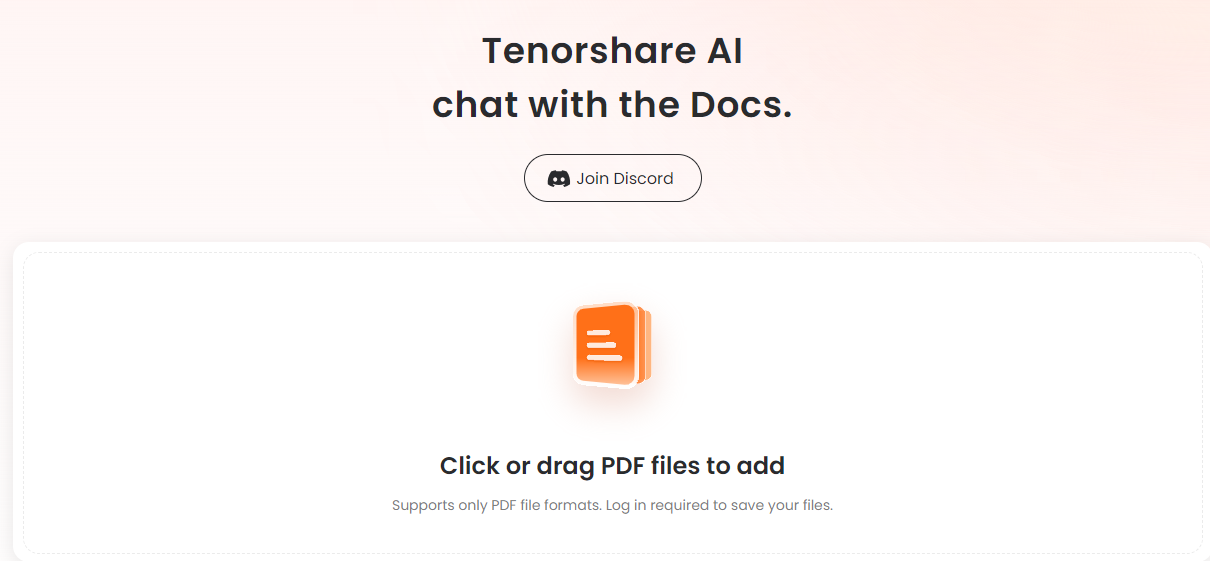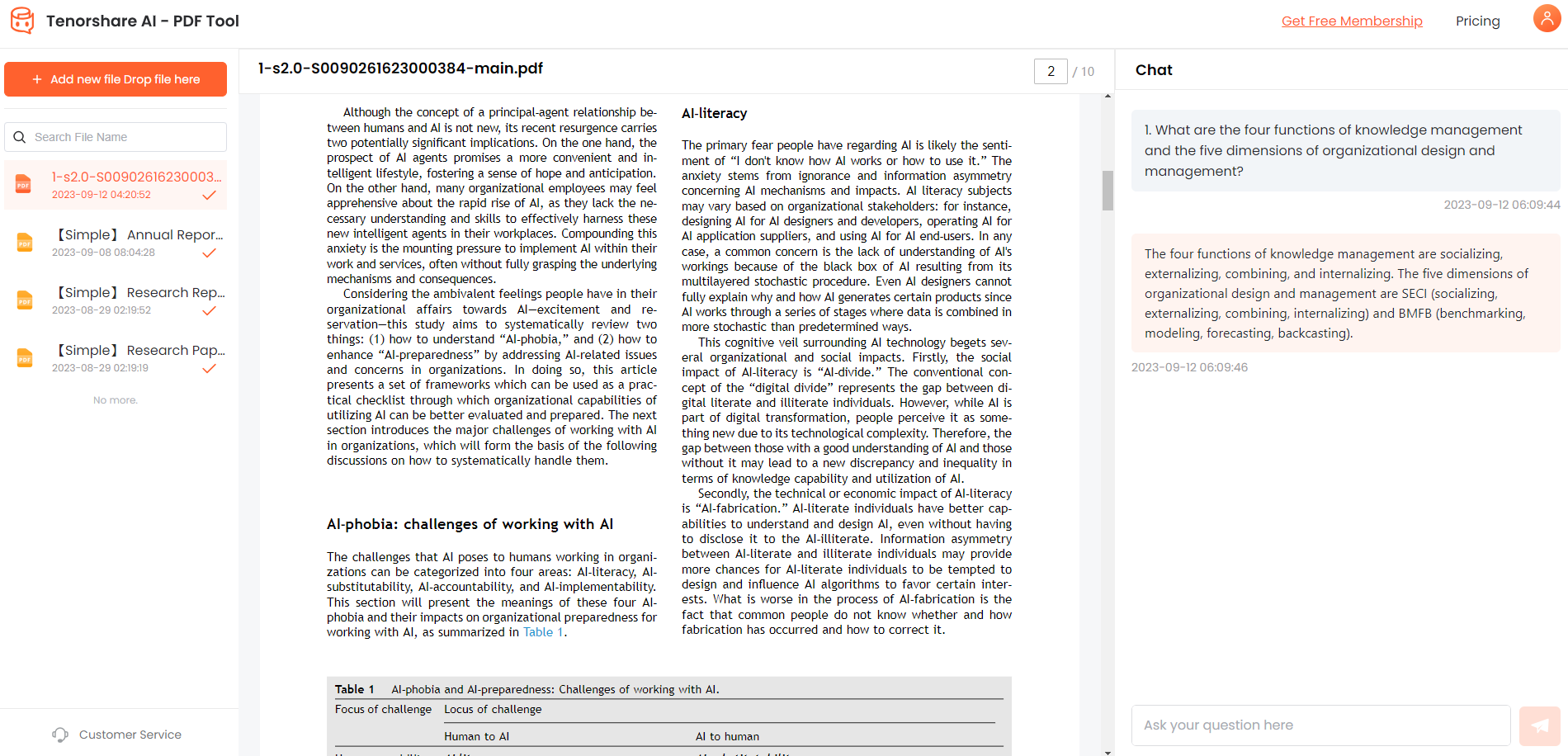Sophia VS. Ameca Robot and Voice Cloning Technology Takes Center Stage
Humanoid robots mimic human body, featuring cameras, sensors, and AI to replicate human expressions. Though not always convincingly human-like, they typically have a torso, head, arms, and legs, sometimes coming with facial features. Widely used across industries, they’re challenging human workers for efficiency and versatility.
Companies are pushing boundaries of AI to create most human-like robots. Sophia and Ameca stand out as top contenders in this quest. But here’s the burning question: Is Ameca more advanced than Sophia or is it the reverse? Let’s find out. We’ll also talk about an alternative to humanoid robots!
Part 1: Sophia Vs Ameca: Who’s the Ultimate Winner?
Sophia robot, created by Hanson Robotics, gained fame as Saudi Arabia bestowed her citizenship, a global first for a robot. It is also a robot Innovation Ambassador for United Nations Development Programme. Armed with sophisticated AI, it emotes a broad spectrum of nuanced feelings and employs features like facial recognition and visual tracking.
She can spot faces, understand gestures, and learn constantly via machine learning, showcasing a high-level human-like AI. It’s able to handle certain queries, hold basic conversations, and even crack jokes. Sophia can move in various ways, with three rolling base operations and a total of 74 degrees of freedom allowing flexibility in her fingers, arms, and shoulders.

On other hand, Engineered Arts birthed Ameca in 2021 as a springboard for advancing human-robot relations. It boasts mics, cams, and facial recognition, and offers GPT-3, GPT-4, and human telepresence for chats.
What is special about Ameca robot is that it features motorized limbs and a grey rubbery skin on its face and hands, intentionally crafted to be gender-neutral. Ameca has at least 17 head motors run by AI and humans, 37 degrees of freedom and it engages visitors with info, guidance, and greetings.

1. AI Capabilities
Sophia taps into cloud-based AI for chats, face recognition, and speech comprehension. She evolves responses with machine learning and can handle vast amounts of data. Her setup includes a chat system, OpenCog for general reasoning, and scripting software. Meanwhile, Ameca uses control algorithms to mimic movements and expressions. But is Ameca actually AI?
Yes, it is a humanoid robot powered by a sophisticated AI system, employing microphones, cameras, and facial recognition to engage with people. It can be controlled by either GPT-3, GPT-4, or human operators. Besides, its updated vision system allows it to accurately identify objects like human heads.
2. Interactions
Sophia and Ameca excel at showing emotions and engaging with humans authentically. Sophia’s facial expressions and gestures create a genuine connection, while Ameca also impresses with emotional responses, hinting at promising human-robot interactions ahead.
However, Sophia can also detect emotions from voice tone and facial expressions, respond accordingly, and mirror people’s postures. Whereas Ameca learns, adjusts, and decides on spot, it’s AI letting it grasp and make sense of human language.
3. Languages
Ameca is multilingual and can chat in several languages like English, Japanese, German, Chinese, and French. Sophia, on other hand, can speak nine Indian languages and reportedly knows 38 foreign languages.
4. Voice Cloning
Sophia’s voice cloning, developed with CereProc, lets her mimic voices in real-time with precise intonation and stress. Sophia can learn new phrases and even sing, delivering more engaging performances.
Similarly, Ameca robot and its voice cloning abilities are powered by OpenAI’s GPT-4 API, which allows it to answer intelligently and mimic celebrities like Morgan Freeman. The team is also enhancing Ameca’s capabilities by adding complexity for lip-syncing with Eleven Labs voice cloning.
5. Self-Awareness
Sophia robot acknowledges she’s not fully self-aware and operates based on rules and behaviors, lacking human-like creativity or cognitive abilities. But what about Ameca? Is Ameca self-aware?
You can say sort of. It displayed interesting reactions when faced with its reflection, hinting at some level of self-awareness. Yet, it’s crucial to understand that this doesn’t imply consciousness or human emotions. No robots have reached artificial general intelligence (AGI) or human-like intelligence.
Part 2: Comparison: Sophia Vs. Ameca
Here’s a lowdown on comparison between Sophia and Ameca robots:
| Feature | Sophia | Ameca |
|---|---|---|
| Citizenship | Granted citizenship in Saudi Arabia | - |
| Physical Abilities | 37 degrees of freedom | 74 degrees of freedom, three rolling base options including self-navigation |
| AI Capabilities | Cloud-based AI, machine learning, facial recognition | Sophisticated AI, facial recognition, GPT-3 & GPT-4 |
| Interaction | Authentic emotions, facial expressions, gesture recognition | Emotional responses, human-like interactions |
| Language Skills | 38 foreign languages, 9 Indian languages | Multilingual: English, Japanese, German, Chinese, French |
| Voice Cloning | Mimics voices in real-time with precise intonation and stress | Still working on voice cloning and lip-syncing capabilities but can mimic celebrities like Morgan Freeman |
| Self-Awareness | Acknowledges lack of full self-awareness | Shows some reactions to its reflection, implying partial self-awareness |
While Sophia and Ameca strive for human-like interactions, there are other forms of AI assistants like virtual chatbots. They provide efficient and affordable aid for tasks like thesis writing and research.
Part 3: Alternative to Humanoid Robots - Tenorshare AI Chat PDF Tool
A prime example of an AI virtual assistant is Tenorshare AI-PDF Tool which condenses long PDFs into short summaries, saving time and effort. You can upload your file, ask questions, or add multiple files at once for quick, accurate responses. It helps you by extracting key information and sections automatically which is perfect for quickly grasping main points without slogging through whole document.
Key Features
- Offers intelligent Q&A for PDF content.
- Efficiently extract key information from various PDF documents.
- Offers citation support for verifying accuracy of AI explanations.
- Provides online summarization of lengthy document content.
- Secures user data during transmission using SSL encryption.
- Supports uploading PDF documents in multiple languages.
Follow steps below to use Tenorshare AI Chat PDF tool to chat with your PDF document:
FAQs
Q1: Is Ameca robot fake?
No, Ameca robot is not fake at all and is seen by many people at events and spots. It’s a humanoid created by Engineered Arts, aimed at pushing robotics and human-robot interaction forward. It features microphones, cameras in its eyes and chest, and facial recognition to chat with people. It can be controlled by GPT-3, GPT-4, or humans remotely. Besides, it’s modular, upgradable, and connected to cloud.
Q2: What is inside Sophia the robot?
Sophia isn't exactly human-smart, but her combo of AI and scripts lets her chat surprisingly well. Besides, her super lifelike look and knack for copying human expressions make her stand out.
How to Use Tenorshare AI - PDF Tool
Step 1: Visit the website and upload your PDF files.

Step2: Create an account and log in.

Step 3: Ask questions or request PDF summarization to analytical skills for ai and data science pdf.

Final Verdict
While both Sophia and Ameca robots excel in engaging with humans, Sophia’s capabilities and advancements edge her out as a more advanced option. Her cloud-based AI, extensive language capabilities, advanced facial recognition, sophisticated voice cloning, and a higher level of human-like interaction compared to Ameca make her ultimate winner.
If you’re looking for an alternative to humanoid robots for research/writing tasks, a virtual AI chat assistant like Tenorshare AI-PDF Tool can help. It can extract key info from PDFs, provide citation support, summarize documents, and keep your data secure with SSL encryption. It also supports multiple languages.

